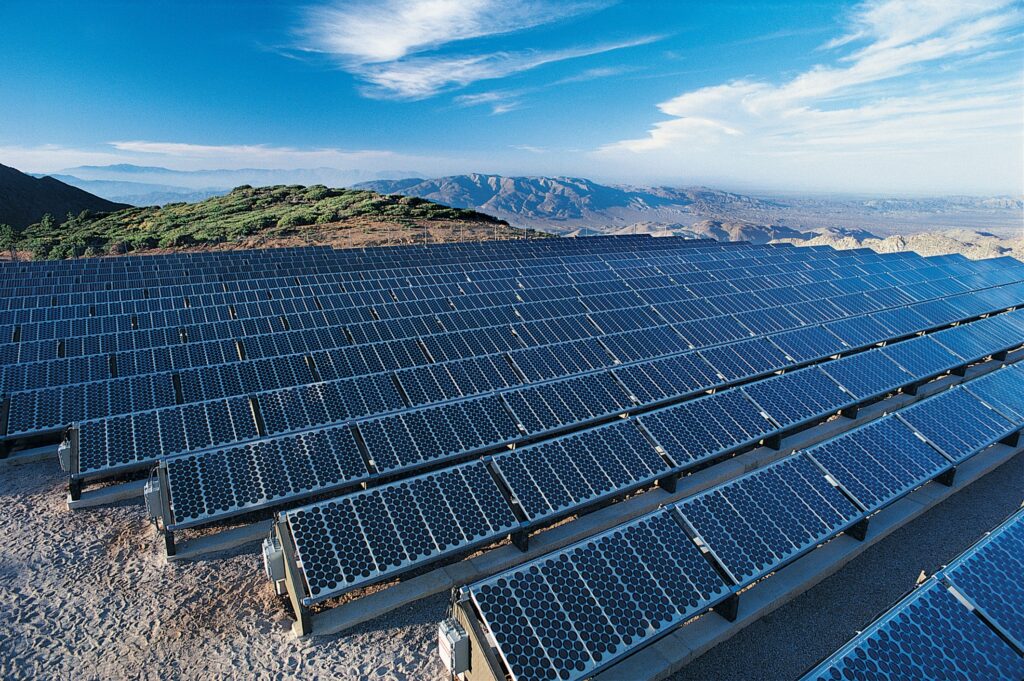The low light performance of solar panels refers to their ability to generate electricity when they are exposed to conditions of reduced sunlight intensity, such as during cloudy or overcast days, early mornings, late afternoons, or under shading from nearby structures or trees. In these situations, the amount of sunlight hitting the solar panels is lower compared to full sunlight conditions.
The low light performance of solar panels is an important consideration because it directly affects the overall energy production and efficiency of a solar power system. Solar panels are designed to operate optimally under direct sunlight, but they are also engineered to generate electricity under varying light conditions.
- Amorphous Silicon Solar Panels: Some types of solar panels, like amorphous silicon thin-film panels, tend to have better low light performance compared to traditional crystalline silicon panels. Thin-film panels can generate electricity even in lower light conditions, making them suitable for environments with diffuse light or shading.
- Microinverters and Power Optimizers: Microinverters and power optimizers can improve the low light performance of solar panels. By optimizing the performance of individual panels, these devices can mitigate the impact of shading or varying light conditions on the entire system.
- Performance Degradation: Over time, solar panels might experience some degradation in performance due to exposure to environmental factors like UV radiation, temperature fluctuations, and moisture. This can affect their low light performance as well. Regular maintenance and monitoring can help identify and address any performance issues.
- Bypass Diodes: Many solar panels are equipped with bypass diodes to handle shading issues. Bypass diodes minimize the impact of shading on the entire panel by allowing current to flow around the shaded area rather than through it.
- Efficiency Reduction: While solar panels can still generate electricity under low light conditions, their overall efficiency is reduced compared to direct sunlight. The reduction in energy output is directly proportional to the decrease in sunlight intensity.
- Energy Yield: When evaluating solar panels, it’s important to consider their overall energy yield, which includes their performance in various lighting conditions over the course of a year. This provides a more accurate representation of how well the panels will perform in real-world scenarios.
In summary, solar panels do generate electricity under low light conditions, but their efficiency is lower compared to full sunlight. Factors such as panel type, technology, design, shading, and the presence of optimization devices can influence their performance in low light situations. When selecting solar panels for a specific installation, it’s recommended to consider their low light performance and overall energy yield to ensure that the system meets your energy production goals.


